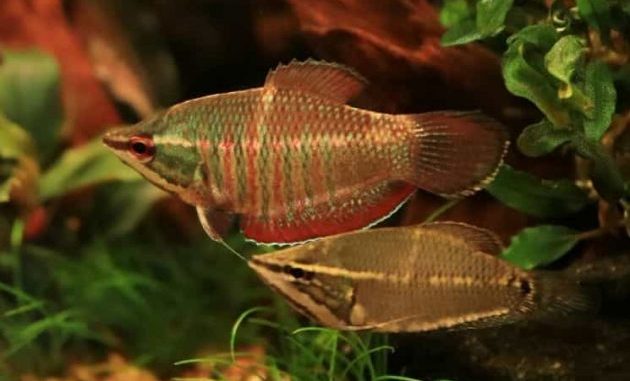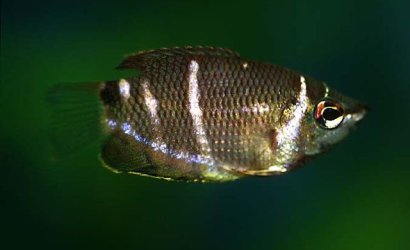Firenzenz
New Member
Hi
These guys have been on my bucket list for a while. Tbh I have no real experience with gourami. I bought 6 and thought I’d gif 2F 4M but seems one of my males might be a sleeper female so potentially 3 pairs. They are Anout 2.5-3cm and I’ve put them in a 140 ltr established tank with a bit of plant cover as well as hardscape and leaf litter. Tankmates at this stage are a handful of Green neon tetras and some young apisto growing out but they will soon be moving. Current PH is about 6.4 with just my rain tank water and the natural buffers. Should I be looking to lower PH using peat moss etc?
Any other way no I should know regarding their care?
They seem pretty chill, laidback, and settled in but a few people have suggested they become axe murders when older.
Any info Gladly received.
Cheers
These guys have been on my bucket list for a while. Tbh I have no real experience with gourami. I bought 6 and thought I’d gif 2F 4M but seems one of my males might be a sleeper female so potentially 3 pairs. They are Anout 2.5-3cm and I’ve put them in a 140 ltr established tank with a bit of plant cover as well as hardscape and leaf litter. Tankmates at this stage are a handful of Green neon tetras and some young apisto growing out but they will soon be moving. Current PH is about 6.4 with just my rain tank water and the natural buffers. Should I be looking to lower PH using peat moss etc?
Any other way no I should know regarding their care?
They seem pretty chill, laidback, and settled in but a few people have suggested they become axe murders when older.
Any info Gladly received.
Cheers















